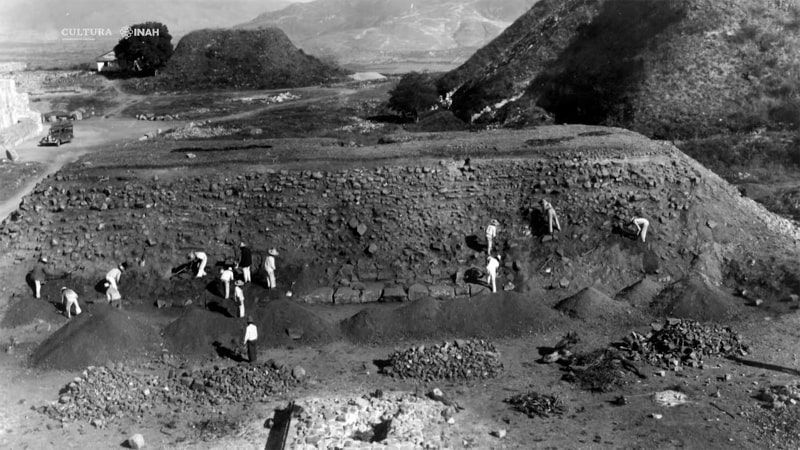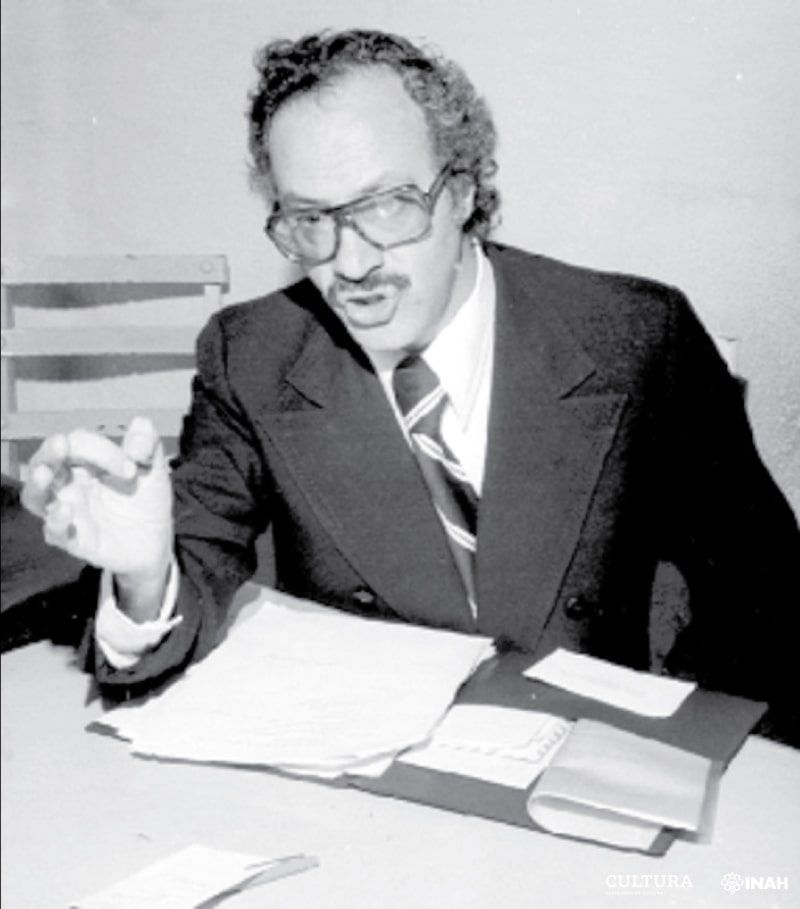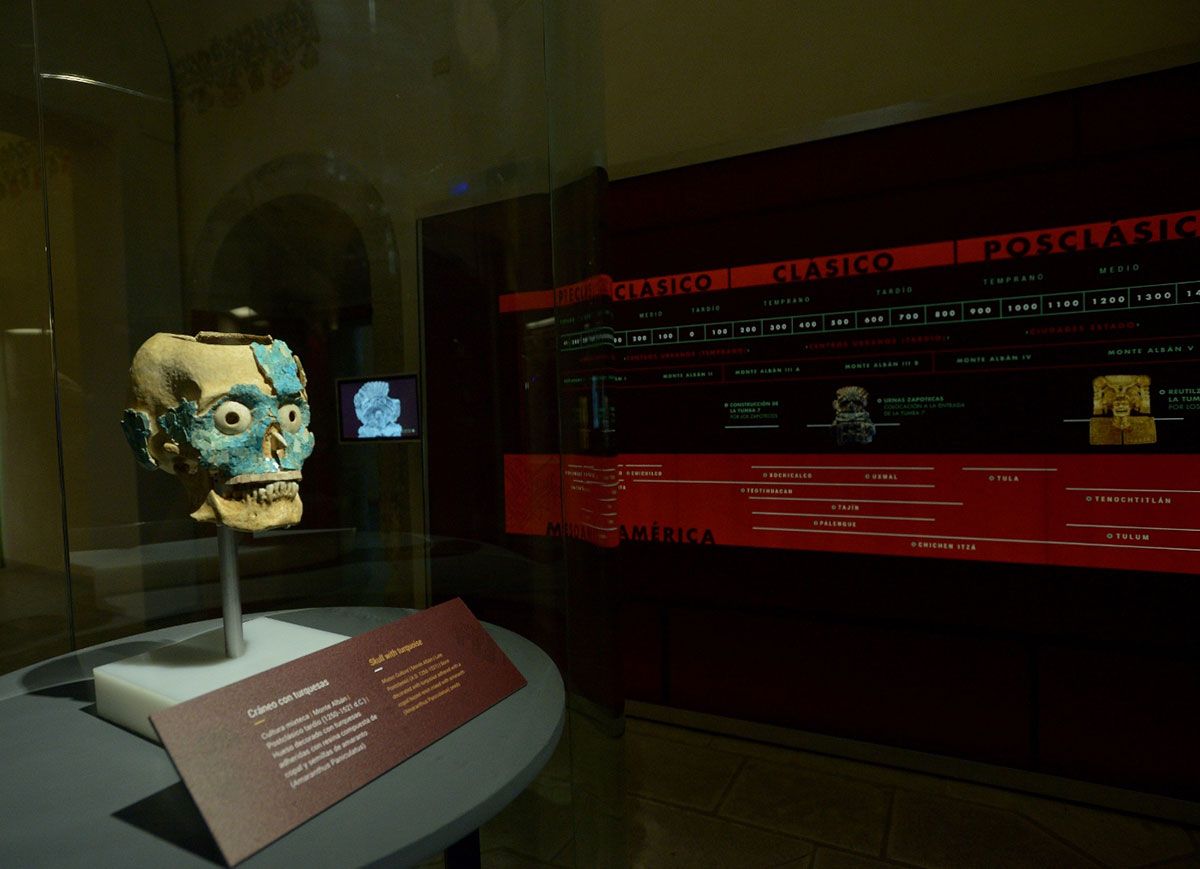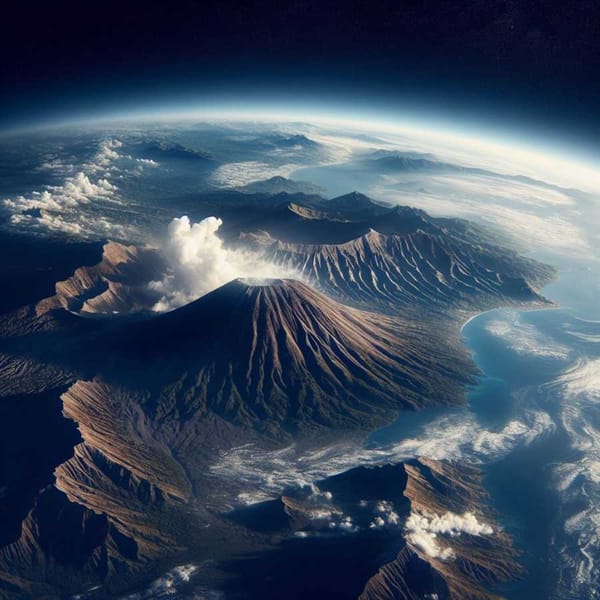Alfonso Caso discovers tomb 7 of Monte Alban, January 9, 1932
The Mexican archaeologist, Alfonso Caso, discovered Tomb 7 of Monte Alban on January 9, 1932, in a mountain in the Valley of Oaxaca, with more than 600 pieces with diverse materials such as gold, turquoise, pearls, obsidian, silver, amber, shell, bones, etc.

On January 9, 1932, in a mountain in the Valley of Oaxaca, Mexican archaeologist Alfonso Caso discovered Tomb 7 of Monte Alban with more than 600 pieces with diverse materials such as gold, turquoise, pearls, obsidian, silver, amber, shell, bones, among others. They are currently on display at the Museum of Anthropology and History in Mexico City, and the Museum of Santo Domingo in Oaxaca.
On Three Kings Day, 1932, when collaborator Juan Valenzuela called archaeologist Alfonso Caso shouting: "guelaguetza", which means "gift", Mexican archaeology experienced an epiphany: the discovery of Tomb 7 at Monte Albán, a Zapotec crypt with a varied Mixtec offering inside, "the richest found in America" which, in Caso's words, would bring about the institutionalization of this discipline in the country.
The marriage between a lord of the Zaachila dynasty and a Mixtec lady celebrated more than 730 years ago, is the origin of the "richest treasure in America", as archaeologist Alfonso Caso described the extraordinary objects in Tomb 7. Recent studies have shown that they are varied offerings, corresponding to the sacred bundles that were placed in the burial chamber of the Zapotec city of Monte Alban.
To address the landmark discovery of the famous Zapotec tomb, abandoned in 900 AD. Caso's thesis that this precinct was reused in the Postclassic period (around 1300 A.D.) by the Mixtecs, has been confirmed. It is known that Lady 4 Rabbit "Quetzal", Mixtec princess of the Teozacualco dynasty and consort of Lord 5 Flower of the Zaachila dynasty, used it as a subway sanctuary for ancestor worship.
From the latest studies carried out, there is a certainty that the Mixtecs deposited in its interior funerary bundles composed of rodent bones, jaguar phalanges, human teeth and hair, and bird segments. That is the reason why complete skeletons were not found, they are relics; and the last analyses of the physical anthropologist Sergio Lopez Alonso, suggest that the bony remains could correspond, at least, to 14 individuals.
The Mixtecs went down to the valley of Oaxaca to make alliances through arranged marriages. As it appears in codices, these groups carried mortuary bundles in long walks, until they found a sacred place, as they considered Tomb 7 of Monte Alban. This was confirmed at Harvard University, with stable isotope analysis of osteological material from Tomb 7. The results indicated that the human remains correspond to individuals from the Mixteca and distant areas such as the Isthmus of Tehuantepec, not to people who grew up in Monte Albán. For that reason, it is important to revisit this finding with the possibilities of our time, but with the multidisciplinary methodology established by Alfonso Caso.
This vision has governed the study of Tomb 7, honoring Caso's legacy, who on the same day he entered the crypt, January 9, 1932, sent a telegram requesting the immediate presence of architect Ignacio Marquina, physical anthropologist Daniel Rubín de la Borbolla, and his most advanced student, Eulalia Guzmán. From that moment on, the Monte Albán Project had several specialties, such as architecture and urban planning to understand the city, a task he entrusted to Marquina; while the liberation and restoration of monuments in the main plaza fell to archaeologist Jorge Acosta. In addition, Caso had Manuel Gamio as an advisor, and in that sense, he continued the integral anthropology that the latter had developed in his project 'The population of the Valley of Teotihuacan'.
The archaeologist Alfonso Caso made known the details of his discovery in international scientific forums, a decade after the discovery of the Tomb of Tuntakamón, with which Tomb 7 was even compared. In one of his exhibitions in Washington D.C., United States, Caso met the Father of Carbon-14 Dating, Willard Frank Libby, who dated the bone remains of Tomb 7 of Monte Alban, making this discovery one of the pioneers in the use of this method. This fact, almost unknown, demonstrates how the master was building a great team to take care of everything related to the project.
Caso has been recognized by fellow archeologists as a man of his time with a transcendent political action in the cultural and social fields of the country, forged in the environment of the Revolution and in a nationalist ethic that sought the construction of a fairer society, thus crossing with the thinking of Manuel Gamio and Guillermo Bonfil.
Alfonso Caso did a commendable job at Indegenist National Institute by creating the indigenous coordinating centers, which today open the way to the integration and discussion of the Mexican indigenous issue in national life. The constitutional changes recently proposed by the National Institute of Indigenous Peoples to the Chamber of Deputies, through the Presidency of the Republic, will mean the recognition of these socio-political units in the Political Constitution, a reordering that owes much to the concept of autonomy defended by the master.

Monte Alban's Tomb 7, The Place of the Ancestors, is now on exhibit
The renovated room of the Museum of Cultures of Oaxaca allows admiring the splendor of Mixtec art in each of its more than 600 pieces. After being closed for several weeks for remodeling, at the start of 2019, the Tomb 7 Room reopened its doors at the Museum of Cultures of Oaxaca, Ex-Convent of Santo Domingo de Guzmán.
Under the title El lugar de los ancestros. Ta'ta ñuu ana'a, the museography update allows admiring not only the rich diversity of materials in this "treasure": shell, coral, pearls, turquoise, rock crystal, obsidian, alabaster, jet, amber, gold, silver, copper, clay, and teeth, as well as animal bones with fine codex-like engravings; but the splendor of Mixtec art in each of the more than 600 pieces that make it up.
To mention some of the pieces now displayed in showcases specifically designed to show them as never before, there are three Zapotec urns found in the antechamber of the tomb, representing deities such as Cocijo; and the iconic skull covered with turquoise adhered with resin composed of copal and amaranth seeds, which today is known to be a Mixtec ritual object, representing Mictlantecuhtli or the "Lord of the Underworld".
Another highlight is the gold mask of Xipe Tótec, "Our Lord the flayed", which, according to Caso himself, is "perhaps the most beautiful piece of those in the tomb"; the Pectoral with arrows, another masterpiece of Mixtec gold work showing Coo Dzavui (Koo Sau), "Serpent of the rain", adorned with precious motifs such as quetzal feathers and jade rosettes; as well as the trumpet shell with its tip cut off to become a musical instrument.
Each display case is accompanied by an interactive monitor with a digital catalog to navigate through the collection, learn more information about it, and enjoy high-quality images allowing a visual approach to the finest details, for example, the sgraffito motifs on more than 30 animal bones that refer to events of the Mixtec dynastic and founding stories, and the fineness of the jade and rock crystal carvings.

It is worth mentioning that the splendor of the jewels is also the result of a careful work of diagnosis, cleaning, and restoration by specialized personnel of the National Coordination of Conservation of the Cultural Patrimony of the INAH. Among the processes carried out are the elimination of previous interventions, cleaning of foreign materials, joining of fragments, placement of reinforcements, repairs, protective layers, proper marking of the pieces, and modifications in their museum mounting to ensure their conservation.
A video portrait of Alfonso Caso's life welcomes visitors to the renovated room of Tomb 7, which is accompanied by some of the personal objects he used for years in the Monte Albán exploration project: his sarakof, a kerosene lamp, and a copper pencil for architectural drawing. The incorporation of digital humanities and technological resources made it possible to dimension the interior space of the tomb at the time of its discovery. Using high-resolution images, the floor of the tomb was digitally recreated, and with augmented reality applications, visitors can explore the main pieces and discover the distribution of objects in the tomb according to the archaeological survey drawings made by Alfonso Caso.
The curatorship thus intertwines Caso's voice, from his emotional description of the discovery to his interpretation of the find years later, with the word of contemporary research. As concluded the general director of INAH, Diego Prieto, "today we understand here, in The Place of the Ancestors, that Tomb 7 was erected by the Zapotecs and reused more than a thousand years later by the Mixtecs to deposit their sacred bundles in ceremonies of offering, divination, commemoration, and worship". The renovation of Tomb Room 7 reaffirms INAH's solid commitment to preserve, promote and disseminate the always surprising and endearing patrimonial legacy of Mexico's pre-Hispanic heritage.




